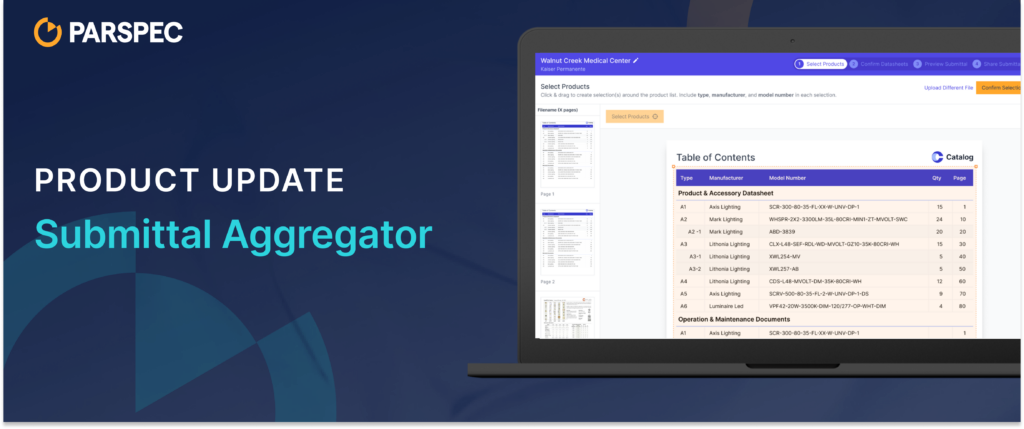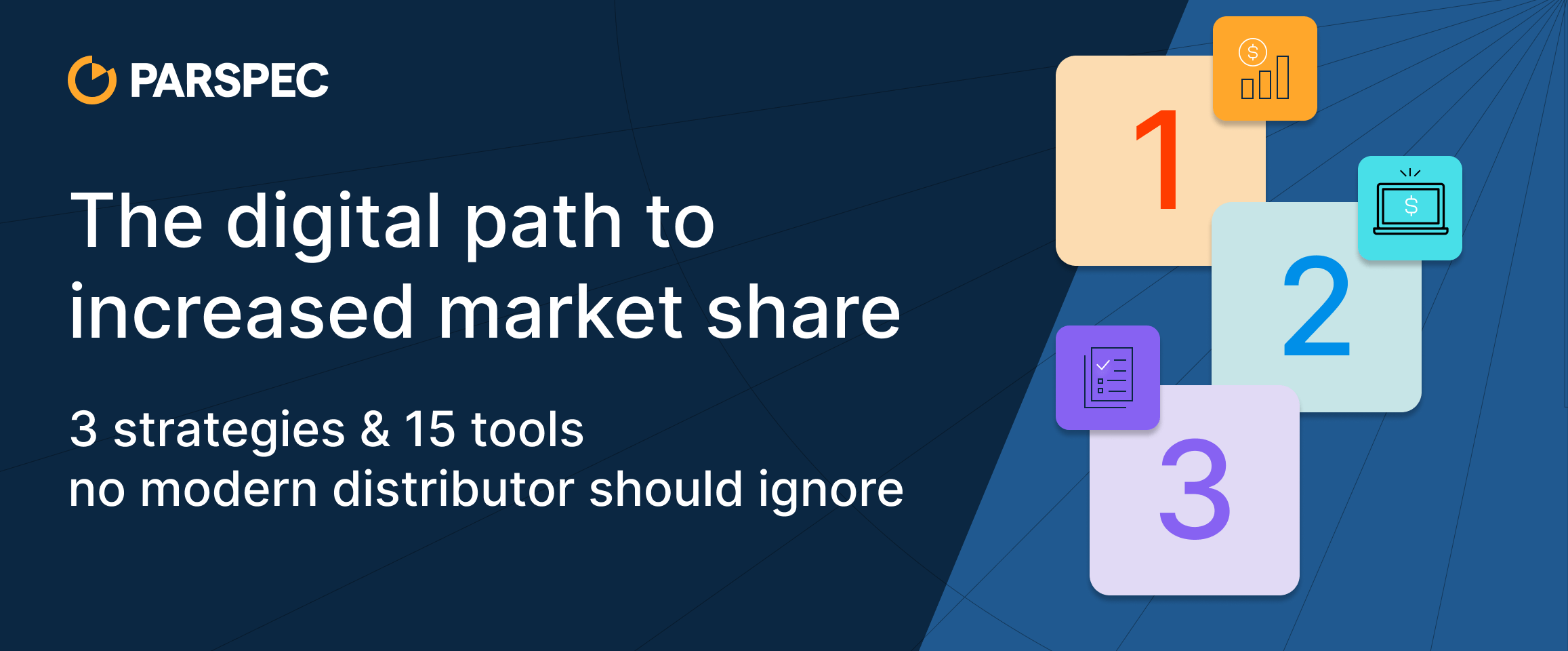
The Independent Distributor Dilemma:
Strategies for Success
In the competitive world of electrical distribution, where consolidation seemingly is everywhere, the market is “challenging”, and large companies seemingly are “given” advantages, smaller, independent distributors often find themselves up against their larger, multi-regional counterparts.
Not only do the larger companies have more people and potentially purchasing power, they have resources to invest in technology.
Despite these challenges, independent distributors can achieve sustainable growth and a competitive edge. This article outlines key strategies to enhance efficiency and leverage proven tools that can help you improve your bottom line while increasing sales.
Unique Challenges:
 |
Limited Resources: Smaller distributors often struggle with limited resources, impacting their operational capabilities. According to the NAED PAR report, firms with less than $50 million in revenue spend a higher percentage of their sales on payroll expenses (56.2%). Why? Because larger companies write larger orders so they get more sales / employee. They do this via account targeting and leveraging technology. Smaller companies typically run older tech stacks which make them less efficient. |

|
Economies of Scale: Larger distributors may benefit from better buying power, especially for stock items, if they streamline supplier relationships.This helps them aggregate material in RDCs / CDCs and increase their turns. Some are brand agnostic. The NAED report shows that distributors with higher net sales volumes generally report a more competitive return on assets (ROA) and inventory turnover, with Best-in-Class distributors achieving profit margins of 8.5%, compared to the overall average of 6.0% |
 |
Market Reach: Independent distributors typically focus on their geographic market, or their niche, helping them focus, while chains have broader reach and more opportunities, enabling them to pursue new customers or “cherry pick” customers throughout a broader region … and pursue the market’s largest opportunities. Independents know their local market. Nationals focus on selected customers. The key for an independent is to promote their local commitment and knowledge. |
 |
Technology and Innovation: Smaller budgets mean a smaller risk tolerance for adopting new technologies and less technical staff for assisting in those implementations. According to NAED, smaller firms invest between 0.8% and 3.2% of their gross margin in technology solutions, while larger firms invest nearly 4%. Smaller companies need to invest wisely. |
Unique Opportunities:
Despite these challenges, independent distributors can compete effectively with industry giants, and grow at a faster rate.
Strategy 1: Leverage technology to increase productivity and win-rate
Competing against seemingly limitless budgets is a tough task. However, today’s cost-effective digital tools and platforms can streamline operations, enhance customer service, and improve inventory management. The usage of tools that have AI and machine learning built into them enables you to gain valuable insights, informing better decision-making and providing operational efficiency gains to keep you ahead of your local competition. Leveraging technology increases team productivity and maximizes returns on every dollar spent.
Tools like Parspec, which develops AI-enabled tools for the electrical industry, exemplify this potential. Parspec focuses on helping distributors win more bid / quote business.
Users have experienced a 50% reduction in the time required to quote and prepare submittals after implementing Parspec, significantly enhancing their revenue opportunities and win rates. Parspec users get quotes done quicker which improves customer satisfaction and provides the opportunity to get feedback sooner and/or helping the contractor win the business sooner, and hence generating an order sooner. Parspec clients report having a higher close rate after implementing Parspec.
This demonstrates how advanced digital tools can transform operations and drive sustainable growth. When resources are finite, it’s important to align your technology investments with business goals. Let your tech stack work for your business, not against it.
|
|
|
Strategy 2: Focus on differentiation
 |
Become the "Local Guy": Leverage your local expertise to become a trusted advisor. With projects, the key is understanding the project and knowing which products will help your customer win. Take the time to understand your customer's projects, navigate local regulations, and offer tailored solutions that demonstrate your investment in their success. Ask your customer what it will take to help them win the business. Do they need to bring the project in under budget? Complete it quickly? Is using brands important to the customer, or to the contractor? Once you know, you then know if you should quote brands, VE the project from a process or a product viewpoint, consider alternative installation methods to help the contractor be more productive, suggest alternative products (and maybe up-sell!) or something else. This personalized approach fosters loyalty and trust, ensuring customer satisfaction. |
 |
Develop a Local Brand Identity: Showcase your deep understanding of the community. Be known as “the local source” for material and information. Even consider opportunities for community involvement such as municipal lighting projects, local sports sponsorships, “renting out” meeting space, donating material and more. You know your market better than anyone. Use that to your advantage! |
 |
Be flexible: Often bigger companies struggle to shift, change course when the market demands, or even make an exception for a customer. Be flexible. Reinforce that decisions are made locally by knowledgeable people who are on top of industry trends, the latest tech or operational frameworks to help your business stay one step ahead, all to earn your customer’s business. |
|
|
Remember: By focusing on your unique strengths – personalized service, local expertise, and agility – you can become the "Small Distributor with Big Advantages," leaving a lasting impression on your customers and carving out a successful niche in the market. |
Strategy 3: Focus on relationships
Engaging customers with personalized interactions and proactive problem-solving fosters loyalty and repeat business. Regularly update them about new products, services, and industry trends through emails, social media, and newsletters. In a business that seemingly is becoming more impersonal and electronic via eCommerce, make it personal. Let your customers know that their business is important to you, and your staff. People still do business with people, even though they may consummate the order electronically or use the web for research. Let them know that you are there to help them. Consider implementing a loyalty program to reward repeat customers with exclusive discounts, early access to new products, or special promotions.
Strategy 4: Focus on organizational efficiency
Operational Structure
Defining clear roles and responsibilities within your organization can improve efficiency and accountability. A well-structured organization ensures that tasks are completed effectively, reducing confusion and increasing productivity. “Best-in-Class” distributors are not always the biggest from a revenue perspective. Best-in-class refers to those who have superior return on assets (ROA), inventory turnover, and team member productivity. Implementing an organizational framework that promotes efficiency and teamwork is essential.
Feedback Mechanisms
Understanding where you need to improve is the first step to improvement. Do you track your ROA, inventory turnover, or sales per employee? Perhaps most importantly, ask your customers how you are performing for them. Consider a customer satisfaction survey to get input from many customers, not just your best customers.
By adopting these strategies, independent electrical distributors can capitalize on their unique strengths, such as local expertise and flexibility, to carve out a successful niche in their market. Emphasizing customer satisfaction, operational efficiency, and innovative technology solutions can drive long-term success and ensure you remain competitive.
.png?width=5504&height=1356&name=Colored%20Logo%20(1).png)





